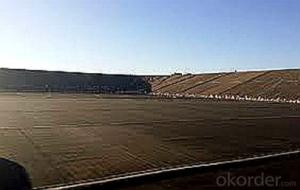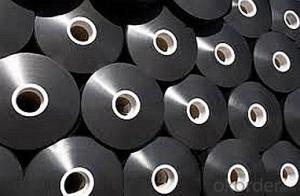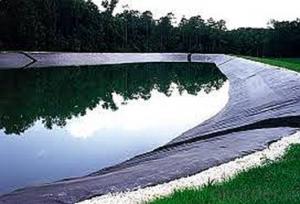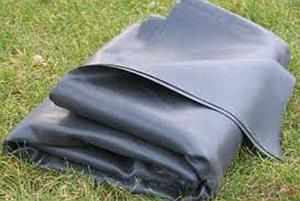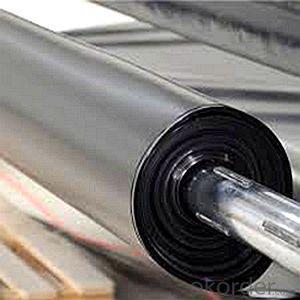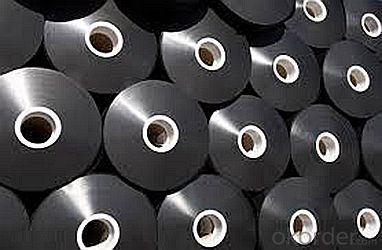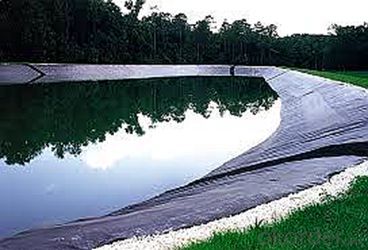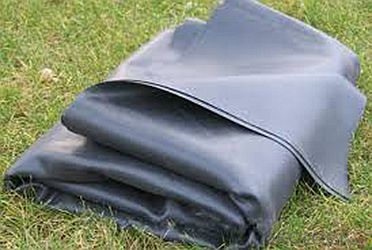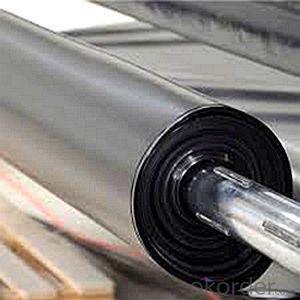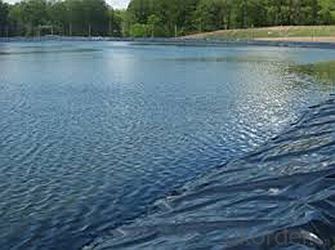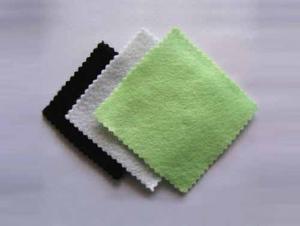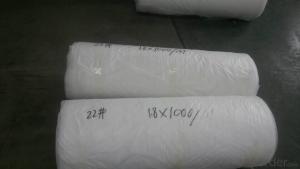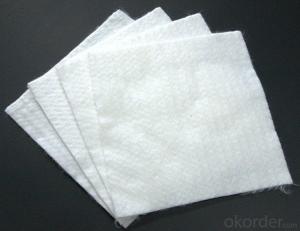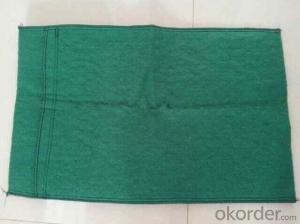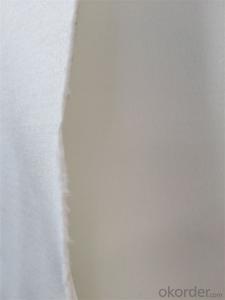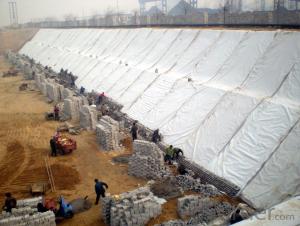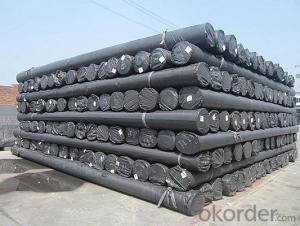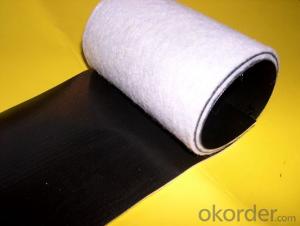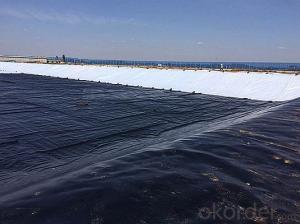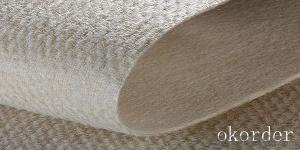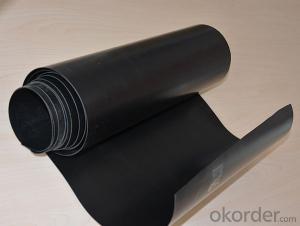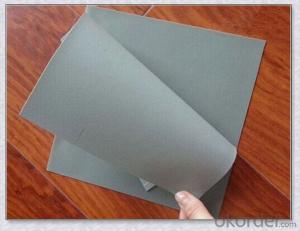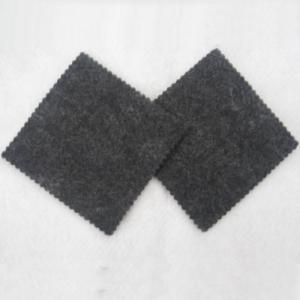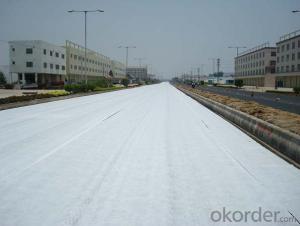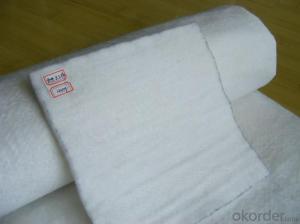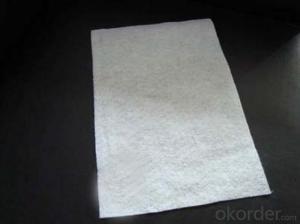2024 Geotextile Pipe Wrap Linear Low-Density Polyethylene (LLDPE) Geomembrane for Reserve Water
- Loading Port:
- China main port
- Payment Terms:
- TT OR LC
- Min Order Qty:
- 1000 m²
- Supply Capability:
- 10000000 m²/month
OKorder Service Pledge
OKorder Financial Service
You Might Also Like
Specification
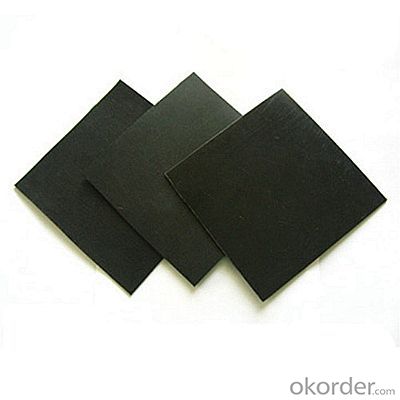
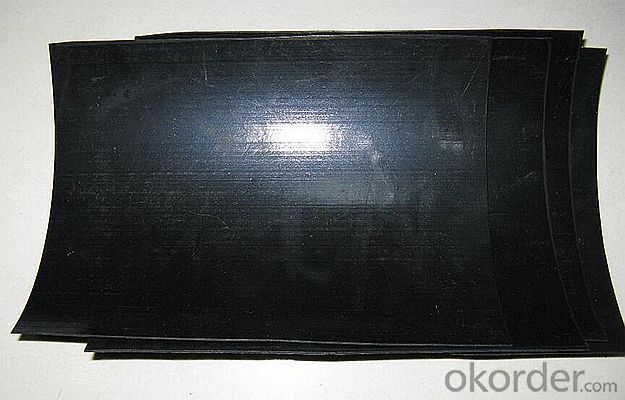
1. Product Introduction
Color
Black, white, green, blue, red, grey, and others
Port
Qingdao
Delivery
2-20 days
Packing
woven bag or as customers' requests
Features:
HDPE smooth geomembranes are the preferred products for lining projects requiring low permeability, exceptional chemical and ultravolet resistance properties, which makes them extremely cost-effective
Our Service
Quality assurance
1.On a regular basis or as per your request,we entrust national testing agencies to conduct quality inspections
2. Strictly in accordance with the ISO9001-2008 international quality system standard,we monitor and manage the whole process throughout production,quality testing,and measurement to ensure product quality
3. For quality-related construction delay or substandard construction(except for damage or losses due to customer’s responsibility or irresistible natural disasters),we have refunding,replacement,and repair services.We will respond to customers’ feedbacks on quality issues within 24 hours.
Q: What kind of payments does jenor support?
A: T/T, L/C, Cash are accepted.
Q: Do you charge for the samples?
A: Accordeing to our company policy, the samples are free, we only charge the freight fee. And we will return the freight fee during the next order.
Q: Can you produce according to customers' design?
A: Sure, we are professional manufacturer, OEM and ODM are both welcome.
Q: Do you have other products?
A: Yes, please check the pictures:
Packaging & Shipping
Packing: PLASTIC FILM INSIDE, AND WOVEN BAG OUTSIDE
Shipping: About 15 days after receipt the deposit
geotextile fabric
permeability,filtration,easy for construction
ISO and CE certificate
Good quality and competitive price
- Q: Can geotextiles be used in contaminated soil?
- Yes, geotextiles can be used in contaminated soil. Geotextiles are often used as a barrier or filter in construction projects to separate and stabilize soil layers. In the case of contaminated soil, geotextiles can help prevent the spread of contaminants by acting as a barrier between the contaminated soil and clean soil or groundwater. They can also aid in soil remediation efforts by providing a physical barrier that allows for easier removal of the contaminated soil.
- Q: Can geotextiles be used for erosion control in riverbanks?
- Yes, geotextiles can be used for erosion control in riverbanks. They are often used as a protective barrier to prevent soil erosion by reinforcing the stability of the riverbank and allowing water to flow through while retaining the soil in place.
- Q: How do geotextiles help with pipeline protection?
- Geotextiles help with pipeline protection by acting as a barrier between the pipeline and the surrounding soil. They prevent soil particles from infiltrating the pipeline, which can cause corrosion and damage. Geotextiles also provide stability and support to the pipeline, reducing the risk of settlement and potential structural failures. Additionally, they aid in filtration by allowing water to pass through while retaining soil particles, ensuring proper drainage and preventing clogging of the pipeline.
- Q: How do geotextiles help with erosion control on slopes?
- Geotextiles provide erosion control on slopes by acting as a barrier that prevents soil erosion caused by wind and water. These textiles are permeable, allowing water to pass through while trapping soil particles, thereby stabilizing the slope and preventing erosion. Additionally, geotextiles enhance vegetation growth by retaining moisture and providing a protective layer, further reducing erosion on slopes.
- Q: How do geotextiles help with soil reinforcement in embankments?
- Geotextiles help with soil reinforcement in embankments by providing a stable and strong layer between the soil and the embankment structure. They act as a barrier, distributing the load evenly and preventing soil erosion and movement. Additionally, geotextiles enhance the overall stability and durability of the embankment by improving drainage and reducing the potential for soil settlement.
- Q: Can geotextiles be used in the construction of artificial ponds?
- Yes, geotextiles can be used in the construction of artificial ponds. They are commonly used as a lining material to prevent soil erosion, filter water, and provide stability to the pond's structure. Geotextiles help to retain water and create a durable barrier that prevents leakage in the pond.
- Q: Roof 1: 3 cement mortar leveling layer mixed with polypropylene or nylon-6 fiber is the role of what?
- Compensated shrinkage, to prevent cracking, from a certain role in the tensile polypropylene fiber with high strength, good toughness, chemical resistance and microbial resistance and low price advantages, it is widely used in ropes, fishing nets, seat belts, luggage , Safety nets, sewing thread, cable foreskin, geotextile, filter cloth, papermaking felt and paper reinforced materials and other industries. Polypropylene woven geotextiles made of polypropylene fiber with high strength, acid resistance, alkali resistance, antimicrobial, wet and wet strength and other excellent properties can be used to build civil engineering (such as dams, reservoirs, highways) , Railways, etc.) play a reinforcement role, and the load load evenly distributed in the geotextile, so that the roadbed settlement evenly, reducing the ground crack. Construction of slopes, the use of woven polypropylene geotextile can stabilize the slope, reduce the collapse of the slope, shorten the construction period, to extend the service life of the slope. When carrying a larger load, we can use woven geotextile and nonwovens as the matrix of composite geotextile. Polypropylene fiber can be used as concrete, mortar and other filler material to improve the impact resistance of concrete, waterproof insulation.
- Q: How can we file in the Water Resources Department? I was doing hydraulic works with geotextiles, geogrids, gabion, gabbin.
- Water geotechnical engineering geotextile, geogrid, gabion, Geben network should belong to the geotextile material series, you can refer to the required record of the Department of Water Resources on the geotechnical industry for the record requirements. At present, the provinces and cities of the record requirements are not the same, you want to record in which provinces and cities will go to the provincial and municipal water conservancy department official website to see the specific requirements, the Internet will generally have publicity, you can call the consultation. The general information required for the record includes: business license, tax registration certificate, organization code certificate, national industrial production license, safety production license, ISO9000 / ISO certification, legal personality certificate, power of attorney, contract copy in recent years Three-year financial audit report, the company's basic household certification.
- Q: Are geotextiles suitable for use in geocell retaining walls?
- Yes, geotextiles are suitable for use in geocell retaining walls. Geotextiles are often used as a separation and filtration layer in geocell systems, helping to prevent soil erosion, improve drainage, and enhance overall stability of the retaining wall.
- Q: Can geotextiles be used in retaining wall construction?
- Yes, geotextiles can be used in retaining wall construction. They are commonly used as a reinforcement material to improve the stability and strength of the wall. Geotextiles help in preventing soil erosion, promoting drainage, and reducing the risk of wall failure.
Send your message to us
2024 Geotextile Pipe Wrap Linear Low-Density Polyethylene (LLDPE) Geomembrane for Reserve Water
- Loading Port:
- China main port
- Payment Terms:
- TT OR LC
- Min Order Qty:
- 1000 m²
- Supply Capability:
- 10000000 m²/month
OKorder Service Pledge
OKorder Financial Service
Similar products
Hot products
Hot Searches
Related keywords
